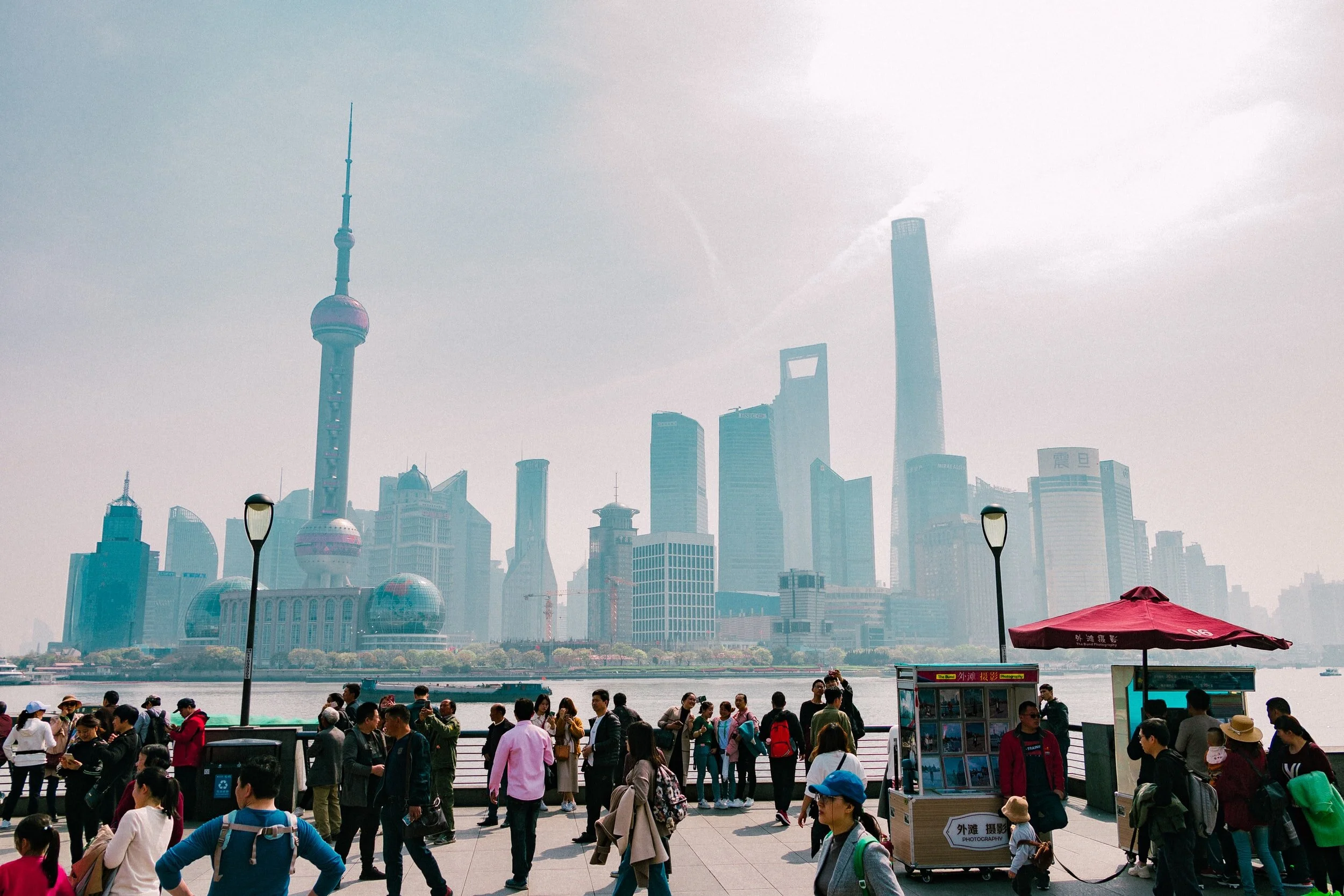By Ulf Bergman
The latest release of gross domestic product (GDP) data from the Chinese National Bureau of Statistics made for sobering reading. While the 4.9 per cent year-on-year growth during the third quarter would be impressive for most countries, it must be considered meagre in the context of the Chinese economy. In addition, the latest reading failed to meet the 5.0 to 5.2 per cent consensus expectations published by different news outlets. Many economists have been expecting China’s year-over-year growth to trend lower during the second half of 2021, partially due to base effects from last year’s remarkable recovery kicking in. A repeat of the strong growth during the first half of the year has also looked increasingly unlikely as the quarter progressed and third-quarter growth was only marginally higher than the preceding three months.
The lower than expected GDP growth reflects a range of factors, including Beijing’s policies to scale back stimulus and more ambitious environmental protection measures. In addition, the problems in the real estate sector, soaring energy prices and reduced electricity supplies have weighed on economic activities in the third quarter.
Despite the disappointing growth rate in the third quarter, the Chinese economy expanded by 9.8 per cent during the first nine months of the year compared to the same period last year. Given the substantial expansion during the first half of the year, Beijing’s annual growth target of six per cent, or higher, remain firmly within grasp. While many economists have reduced their projections for the entire year, a significant overshoot of the growth target seems to be a foregone conclusion.
Disappointing industrial output and slumping construction in September suggest that the growth is unlikely to return to normal Chinese levels quickly. New construction fell by almost fourteen per cent last month compared to a year earlier. It marked the sixth consecutive month of deteriorating conditions in the sector, making it the most prolonged decline since 2015. Industrial output fell short of expectations in September, rising 3.1 per cent compared to a year ago. Economists had been expecting it to increase by 3.8 per cent, but power rationing triggered by coal shortages and production curbs exacted a much more significant toll than expected.
At the same time, as the Chinese economic growth is decelerating, the country has faced an unprecedented rise in producer prices. Factory gate prices rose by 10.7 per cent year-on-year in September, up from 9.5 per cent in August. The above expectations reading was the highest since official records began in 1996. The increase was primarily driven by an almost 75 per cent year-on-year rise in the coal mining sector in September, up from 57 per cent in August. Alongside power shortages and supply-chain disruptions, the rising prices have made production unprofitable for many smaller companies.
The combination of rising prices and growth rates under pressure has led some economists to raise a warning flag for approaching stagflation, with a vicious cycle of increasing prices and low growth feeding each other. While Beijing appears to be in no hurry to provide additional stimulus for the economy as growth looks set to remain above the official target, waiting too long could prove costly politically. Statements in recent weeks have also suggested an increasing pro-growth stance among the leadership, with environmental agencies asked to be more pragmatic.
As the Chinese economy is coming under pressure, the country’s appetite for imported commodities is waning. After robust volumes being shipped to Chinese ports during the second quarter and the first part of the third quarter, exports took a nosedive in September. Last month saw the lowest levels of exports to China since February, with a year-on-year drop of twelve per cent. Volumes dropped by 29 million tonnes, or seventeen per cent, from August. All the major commodities faced declining quantities, with iron ore the largest in absolute terms with a drop of almost eleven million tonnes. However, in relative terms, gains faced the most significant decline. Given the time lag in seaborne transportation, Chinese imports look set to decline in the coming months with more pressure on growth. The current month does not give much hope of a rapid turnaround either. Almost two-thirds into the month, only 52 per cent of September’s export volumes have been matched, suggesting the month will show yet another decline.
Despite the significant drop in dry bulk shipments heading for China, seaborne exports to other destinations have held up well. While global export volumes fell by 21 million tonnes between August and September, the drop was less than the exports for China, with the rest of the world offsetting eight million tonnes of the Chinese losses. The current month also appears to be on course to match last month’s volumes, suggesting that the momentum behind the continued global recovery is shifting away from China.



